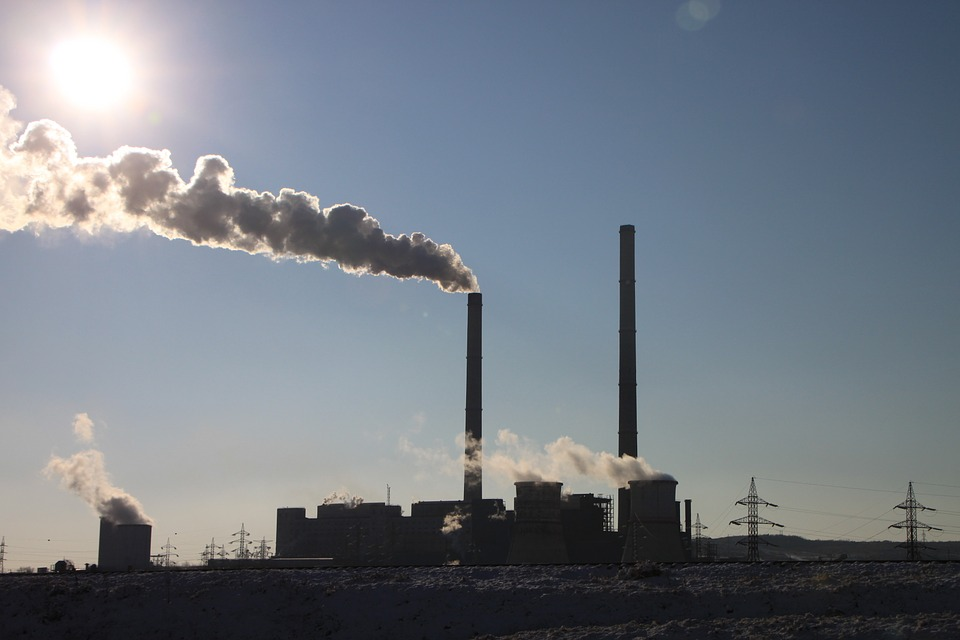Industrial Gas Technology: What Does The Future Holds In The Market?

Gases are available in abundance and are utilized in a variety of ways for different uses ranging from commercial to industrial, medicine, technology and more.
Those materials that are gaseous at standard temperature and pressure and are specifically used for industrial purposes are known as industrial gases.
The term industrial gas includes more than the gases themselves, also referring overall to the industry, equipment, and technology that is involved in the use of gases for industrial purposes.
Most common industrial gases are oxygen, nitrogen, carbon dioxide, hydrogen, argon, helium, and acetylene. The gases used can be organic or inorganic and can be used in direct ‘pure’ form or in the form of mixtures of more than one material.
The global industrial gas market size is poised for growth at the rate of CAGR of 7-8 percent to reach a value of $110 billion by 2022, largely driven by the recovery of major economies, for example, the U.S. and China.
More than 75 percent of the global market for industrial gas is dominated by demands from North America, China, Japan, and Western Europe.
Future Of Industrial Gas Technology Market
Industrial gases have numerous applications in industries such as oil and gas, chemicals, petrochemicals, mining, power, metals, steel-making, pharmaceuticals, medicine, biotechnology, environmental protection, nuclear power, electronics, aerospace, food and beverages and more. The evolution of gas technology is increasing considerably the further applications of industrial gases.
Key trends can be identified as:
Use of Speciality Gases:
Apart from the traditional gases used in industries, as the technology advances there is increased potential to use and discover various new gas combinations that can be used in the industry.
Hazardous gases such as Arsine and Diborane are being increasingly used for semiconductors while Silane is being used in solar power cells and gases with impurities are being used in space research.
Other varieties of gas mixtures are used for research and calibration. Technology advancements allow greater safety and flexibility in using gases that are otherwise toxic.
Blockchain Technology:
Blockchain technology has already made waves in the field of finance, and its applications are expanding consistently. There is a considerable amount of data involved in the industrial gas sector, especially with the increase in its applications across industries.
By implementing blockchain technology, the processes taking place in the industrial gas industry can be optimized, from procurement to storage, delivery, and usage, reducing the risk of error and fraud, and boosting operational time frames.
Blockchain provides an unalterable record of documentation and transaction between multiple parties, supplementing efficiency and transparency.
Industrial Internet of Things (IIoT):
Even as the Internet of Things (IoT) is making life easier at home, the Industrial Internet of Things (IIoT) is evolving the industrial gas industry.
IIoT incorporates the use of sensors, instruments and other devices with machinery, enhancing overall efficiency, time management, and productivity. In the industrial gas market, IIoT can record in real time the production, storage, and transportation statistics, preventing accidents and malfunctions.
Data can also be recorded and maintained in an easier and more accurate manner.
Increased Demand From Healthcare and Electronics:
Advancements in healthcare, medicine, and electronics are expected to continue to evolve, increasing the demand for industrial gases, and technology that can enable the safe and effective use of gases.
The manufacturing of electronics is growing exponentially, especially in developing countries and industrial gases play an important role in the manufacturing process.
Technology of 3D Printing:
Volatile Prices:The cost of production of industrial gas is heavily dependent on electricity, with electricity accounting for approximately 60 percent of the total cost of generation.
As a result, the final price of industrial gases tends to be volatile, dependent on the cost of electricity in the concerned production area.
Gases are a form of matter that is available everywhere, only the means of harnessing it has evolved over the years. Industrial applications make use of the various properties of different gases to carry out different purposes.
Advancements in industrial gas technology have made it easier to transport gases safely across distances and even use specialty gases that may otherwise be toxic.
There is immense potential for the industrial gas industry, based on the new technologies developed, new applications and new gas combinations.
A major challenge facing the market, however, are the costs involved, especially the costs of electricity which are subject to change based on local conditions.




